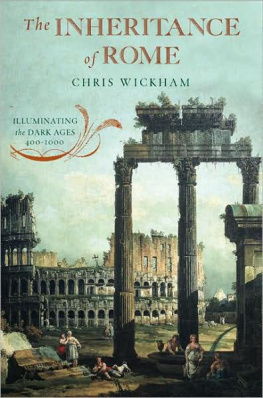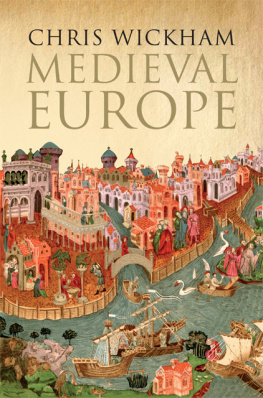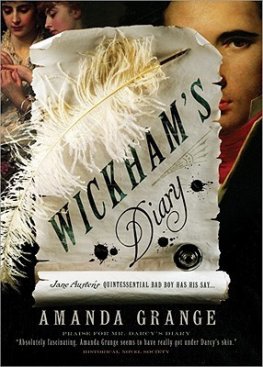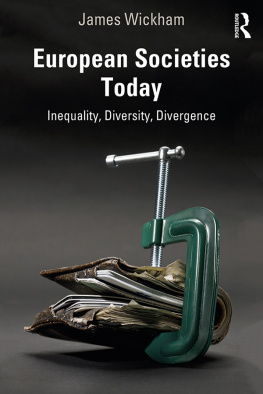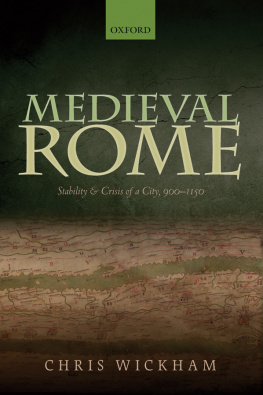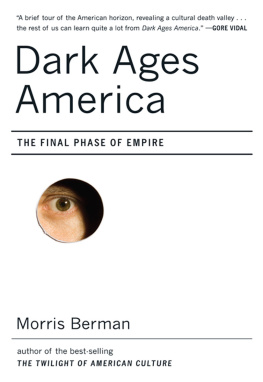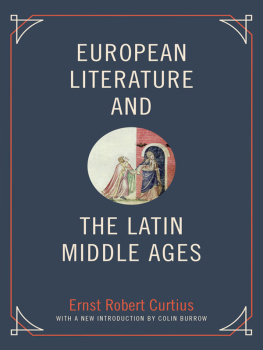Table of Contents
THE PENGUIN HISTORY OF EUROPE
General Editor: David Cannadine
I: SIMON PRICE Classical Europe
II: CHRIS WICKHAM The Inheritance of Rome: A History
of Europe from 400 to 1000*
III: WILLIAM JORDAN Europe in the High Middle Ages*
IV: ANTHONY GRAFTON Renaissance Europe, 1350-1517
V: MARK GREENGRASS Reformation Europe, 1515-1648
VI: TIM BLANNING The Pursuit of Glory: Europe 1648-1815*
VII: RICHARD J. EVANS Europe 1815-1914
VIII: IAN KERSHAW Twentieth-Century Europe
* already published
VIKING
Published by the Penguin Group
Penguin Group (USA) Inc., 375 Hudson Street,
New York, New York 10014, U.S.A.
Penguin Group (Canada), 90 Eglinton Avenue East, Suite 700,
Toronto, Ontario, Canada M4P 2Y3
(a division of Pearson Penguin Canada Inc.)
Penguin Books Ltd, 80 Strand, London WC2R 0RL, England
Penguin Ireland, 25 St. Stephens Green, Dublin 2, Ireland
(a division of Penguin Books Ltd)
Penguin Books Australia Ltd, 250 Camberwell Road, Camberwell,
Victoria 3124, Australia
(a division of Pearson Australia Group Pty Ltd)
Penguin Books India Pvt Ltd, 11 Community Centre, Panchsheel Park,
New Delhi - 110 017, India
Penguin Group (NZ), 67 Apollo Drive, Rosedale, North Shore 0632,
New Zealand (a division of Pearson New Zealand Ltd)
Penguin Books (South Africa) (Pty) Ltd, 24 Sturdee Avenue,
Rosebank, Johannesburg 2196, South Africa
Penguin Books Ltd, Registered Offices:
80 Strand, London WC2R 0RL, England
Copyright Chris Wickham, 2009 All rights reserved
Illustration credits appear on pages x-xi.
LIBRARY OF CONGRESS CATALOGING IN PUBLICATION DATA
Wickham, Chris, 1950
The inheritance of Rome : illuminating the Dark Ages, 400-1000 / Chris Wickham.
p. cm.
Includes bibliographical references and index.
eISBN : 978-1-101-10451-4
1. Civilization, Medieval. 2. Middle Ages. 3. RomeCivilizationInfluence. I. Title.
CB351.W49 2009
940.12dc22
2009015169
Without limiting the rights under copyright reserved above, no part of this publication may be reproduced, stored in or introduced into a retrieval system, or transmitted, in any form or by any means (electronic, mechanical, photocopying, recording or otherwise), without the prior written permission of both the copyright owner and the above publisher of this book.
The scanning, uploading, and distribution of this book via the Internet or via any other means without the permission of the publisher is illegal and punishable by law. Please purchase only authorized electronic editions and do not participate in or encourage electronic piracy of copyrightable materials. Your support of the authors rights is appreciated.
http://us.penguingroup.com
For the students of AMH, the Ancient and Medieval History degree of the University of Birmingham, 1976-2005, who have heard and discussed much of this before
Acknowledgements
Numerous friends read chapters of this book for me; their criticisms and comments saved me from a wide range of errors. In the order of the chapters they read, they were Leslie Brubaker, Conrad Leyser, Kate Cooper, Walter Pohl, Ian Wood, Julia Smith, Paul Magdalino, Hugh Kennedy, Jinty Nelson, Pat Geary, Pauline Stafford and Wendy Davies. Equally essential, for sharing ideas and unpublished work with me, were Teresa Bernheimer, Leslie Brubaker, Leslie Dossey, Caroline Goodson, John Haldon, Guy Halsall, Sarah Halton, Anne-Marie Helvtius, Mayke de Jong, Christina Pssel, Carine van Rhijn, Petra Sijpesteijn and Mark Whittow. Sue Bowen heroically typed the whole text, and Harry Buglass drew the maps; the index is by Alicia Corra. I am very grateful to them all. I have not been able to incorporate publications which came out after May 2007; not systematically, at least.
Birmingham
May 2007
Maps
Introduction
Early medieval Europe has, over and over, been misunderstood. It has fallen victim above all to two grand narratives, both highly influential in the history and history-writing of the last two centuries, and both of which have led to a false image of this period: the narrative of nationalism and the narrative of modernity. Before we consider a different sort of approach, we need to look at both of these, briefly but critically, to see what is wrong with each; for most readers of this book who have not already studied the period will have one or both in the front of their minds as a guiding image.
The early Middle Ages stands at the origin, whether authentic or fictional, of so many European nation states that it has taken on mythic significance for historians of all the generations since nationalism became a powerful political image, in the early nineteenth century, and often earlier still. People write books called The Birth of France , or, more generally, The Growth of Europe , looking as they do so for the germs of a future national or European identity, which can be claimed to exist by 1000 in France, Germany, England, Denmark, Poland, Russia and a host of other nations if one looks hard enough. Early medieval history thus becomes part of a teleology: the reading of history in terms of its (possibly inevitable) consequences, towards whatever is supposed to mark why we are best - we English, or French, or (western) Europeans - or at least, for less self-satisfied communities, why we are different. The whole of early medieval English history can thus be seen in terms of the origins of the nation state; the whole of early medieval Low Countries history in terms of the origins of the commercial dynamism of the future Belgium or Netherlands. The lack of evidence for our period helps make these nationalist readings common, even today. They are false readings all the same; even when they are empirically accurate (the English did indeed have a unitary state in 1000, production and exchange were indeed unusually active in what would become Belgium), they mislead us in our understanding of the past. This is bad history; history does not have teleologies of this kind.

